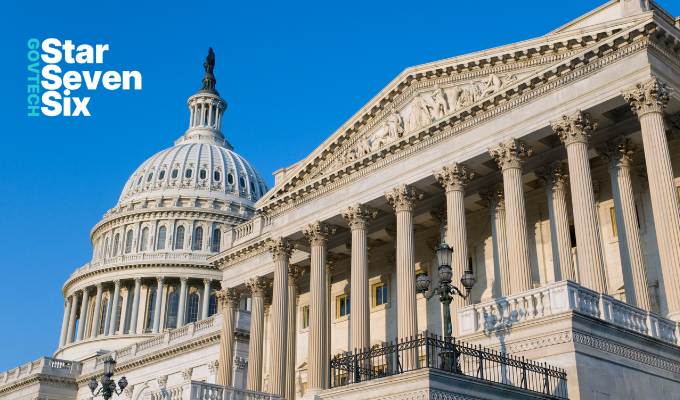Artificial intelligence is reshaping how governments operate, from service delivery to national defense. As AI becomes more integral to public sector functions, tech companies are increasing their presence in Washington, D.C., aiming to influence policies that affect their interests. This growing involvement has significant implications for government agencies and officials responsible for innovation, procurement, and regulation.
The Surge in AI Lobbying:
Leading AI firms such as OpenAI, Anthropic, and Scale AI are intensifying their lobbying efforts in the nation’s capital. These companies are seeking federal contracts and advocating for national AI regulations that would supersede state-level rules. Their goal is to establish a unified regulatory framework that facilitates innovation and positions the U.S. as a global leader in AI technology .
Federal vs. State Regulation:
A key point of contention is the proposed 10-year federal moratorium on state-level AI regulations. Proponents argue that a consistent national policy is essential to prevent a fragmented regulatory landscape that could hinder technological advancement. However, many state lawmakers and attorneys general oppose this move, asserting that it would strip states of their ability to protect residents from potential AI-related risks .
Implications for Government Agencies:
The push for centralized AI regulation raises concerns about transparency, accountability, and public trust. Agencies must navigate the balance between leveraging AI for improved services and ensuring that these technologies do not compromise civil liberties or exacerbate existing inequalities. The debate underscores the need for thoughtful governance that considers both innovation and ethical considerations.
Best Practices for Navigating AI Integration:
- Engage in Policy Discussions: Stay informed about federal and state legislative developments related to AI to anticipate changes that may impact agency operations.
- Prioritize Transparency: Implement AI systems with clear guidelines and oversight mechanisms to maintain public trust and accountability.
- Collaborate Across Jurisdictions: Work with other agencies and stakeholders to share best practices and develop cohesive strategies for AI adoption.
- Invest in Education and Training: Equip staff with the knowledge and skills necessary to manage and oversee AI technologies effectively.
Conclusion:
As AI continues to evolve, government leaders must remain vigilant in understanding the policy landscape and its implications for public service. By proactively engaging in discussions and adopting best practices, agencies can harness the benefits of AI while safeguarding the interests of the communities they serve.
At StarSevenSix GovTech, we are committed to supporting government agencies in navigating the complexities of AI integration. Our expertise in modernizing and securing technology ecosystems positions us as a trusted partner in this journey.

